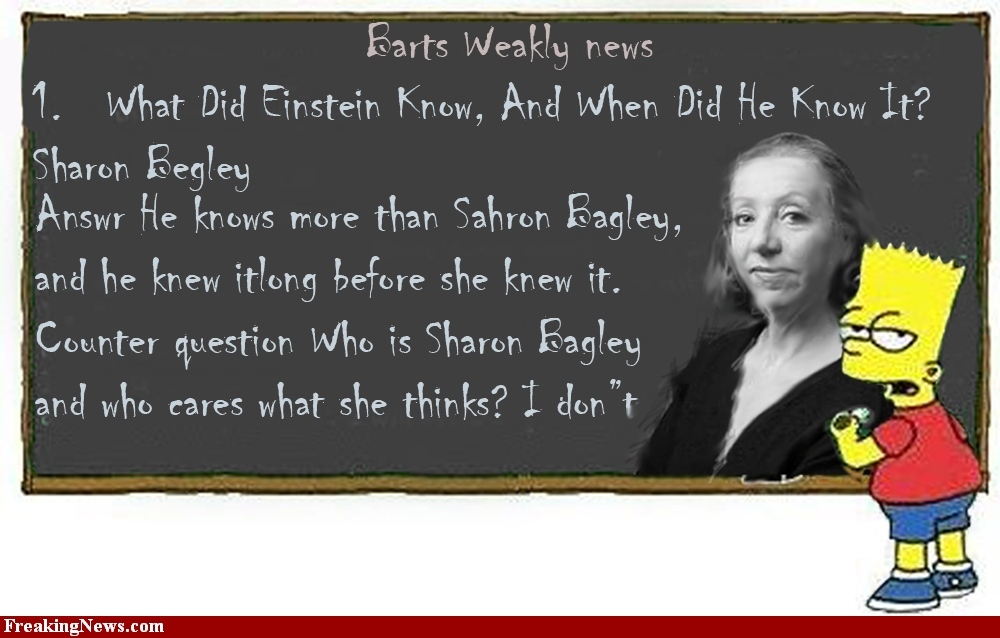Parallel universes
That’s a misleading title. Sorry. My marketing instinct got the better of me. It should be Parallelism in sentence construction. Not as catchy, is it? Here’s our example sentence:
When mixed with existing soil, it improves water and nutrient retention as well as increasing the population and activity levels of beneficial microbes.
Can you see the mistake? The conjunction “as well as” does this to a lot of people. We have a sentence with a compound predicate. The first part is “improves water retention” and the other part is (ak! horrors!) “increasing the population …” The verbs in a parallel construction like this are supposed to be the same form. Here’s how the sentence should go:
When mixed with existing soil, it improves water and nutrient retention as well as increases the population and activity levels of beneficial microbes.
See? It improves and increases. That’s correct parallelism. If you watch your parallel constructions, your writing will hold together better, and people in the know will see that you pay attention to what you’re writing, and will grant you more credibility than if you had made the goof. (See? “will see” and “will grant”).
What happens if you change the second predicate into an adverb phrase?
When mixed with existing soil, it improves water and nutrient retention, increasing the population and activity levels of beneficial microbes.
It’s not parallel now—the participle is subordinate. Hence, “increasing” is now okay.
Bonus item: Do you see the redundancy in the sentence? What word could you leave out without changing the meaning of the sentence?
This sentence, by the way, is about biochar, or homemade charcoal, which I wrote about in my personal blog, Mushrooms to Motorcycles, when I made some a while back. I’m planning to make another batch soon—I have loads of scrap wood from the addition we’re building on our house. Hmm. I need to write a post about that, too.
Subscribe to this blog's RSS feed
Modifier matters
Occasionally I harp on where you put “only” in your writing. With the right sentence, you can create a humorous (or disastrous) misunderstanding by inadvertently modifying the wrong word. Here’s a good example of the effect on meaning caused by where you place the modifier. I put the key phrases in italic to make them, um, obvious.
There are two ways of constructing a software design: One way is to make it so simple that there are obviously no deficiencies, and the other way is to make it so complicated that there are no obvious deficiencies. The first method is far more difficult. —C.A.R. Hoare
In this case, the writer wanted to say it both ways to make a point. Using similar constructions like that calls attention to what he wants to say. Nice.
A nice example of substitution
A couple posts back I wrote about the two most basic verbs in English, pointing out that some form of “do” can replace any action verb. I also said that you should avoid using the verb do itself, but here’s an example of using it that’s okay.
Our quote today, class, is from the July 2011 issue of Scientific American. This issue is particularly interesting to me—it’s the first issue I recall having a centerfold, and it’s hanging on the wall in my room. (Don’t get your hopes up, guys. It’s a poster of the Hertzsprung-Russell diagram (look it up), which turns 100 this year.)
Back to grammar. We find our quote on page 55 near the bottom:
It will be an uphill battle in a country that reveres an individual’s right to choose much more than it does science.
The verbs in the parallel construction are “reveres” and “does.” You can get up in front of the room and revere (something). This is approximately what cheerleaders do at a high school pep rally. And you can replace “does” with “reveres,” which makes the sentence end with “…than it reveres science.” Go back and read the sentence with “reveres” in there both times. That’s exactly what the sentence is saying.
Why did the writer (Sharon Begley, a top-notch science writer) not use the more specific verb in the second part of the parallelism? In English we usually consider it poor form to repeat a word. Repeating something exactly without enough distance between the repeated words feels patronizing. The writer didn’t want to patronize her readers (after all, this is a Scientific American article), so she let the reader figure out what she was saying.

I really am trying to include a picture in every post; I admit this is a stretch, though I suppose if Ms. Begley made it into The Simpsons, she has to be good, right? Can you find the goofs in Bart's writing?
Finally, I must issue a warning. In technical writing, use the more specific verb both times. Yes, it’s not as smooth, but it removes ambiguity, the bane of technical writing. In tech writing, you want to leave absolutely no question about your meaning, and you may sacrifice smoothness to do so. Take our example sentence. The words “…does science” is a construction you sometimes see, “do science, doing science, to do science.” That is definitely not the meaning in our example sentence.
Next post: I might have some more grammar humor.
Parallelism and verbs
I’ve written about parallelism in the past. The point is that parallel constructions have to have the same structure. However, here’s another subtlety about parallelism: When two or more verbs are parallel, they must all be the same type of verb. They can be linking verbs or action verbs, but not some of each.
I like to find mistakes in professionally written material to use for my bad examples. Maybe I like to gloat, or maybe I like to point out that mistakes happen to everyone. This is from page 215 of a fascinating book I just finished, The Day we Found the Universe by Marcia Bartusiak, an accomplished science writer. I recommend the book, by the way, if you’d like to find out why we named the Hubble telescope after Edwin Hubble. The book gave me several new astronomical heroes, though Hubble is not one of them. Well, maybe he’s in that pantheon, too, but he had feet of clay.
It’s somewhat surprising that more astronomers didn’t sense the celestial riches to be found in distant space, just ready for mining.
Because some words are deliberately left out to improve the flow, his is a tricky sentence. Maybe it’s a good example of how to break a rule and get away with it.
Just the same, I think you might find it useful to see the solecism. Do you see the parallel? I’ll supply the missing words. The parallel parts are “(…that are) to be found” and “ready for mining.” “Are to be found” is a linking verb phrase (also passive), but ‘ready for mining” looks like an action verb. Its literal sense is that the riches out in deep space are ready to do some mining. So if “mining” in this context looks like an action verb, and “(are) to be found” is a linking verb phrase, we have a little disruption because they aren’t quite parallel.
I think the writer meant both to be passive, so the final phrase should be “just ready to be mined.” Now the metaphor is crystal clear.
A similar sentence on the next page gets the structure exactly right (This sentence refers to Harlow Shapley, Hubble’s colleague.):
He ignored conflicting data longer than he should have, which kept him from extending his work to the spiral nebulae and beating Hubble to the punch.
The parallel constructions are “extending his work” and “beating Hubble to the punch.” Nice and clean.
Next post: a grammar comic. Yes, Virginia, they exist.
Side by side or parallel?
A lot of times we write about two things at once. That’s why we have “and.” Here’s a little trick that will make your writing more logical when you write about two things.
When you have two of something, they should be of the same grammatical type. We call this parallelism.
Here’s an example of how not to do it. The sentence below has three pairs, and one of them is wrong. Can you spot all three and identify the wrong one?
“Injuries and illness bring pain and suffering, as well as causing economic loss to the company.”
…
Got it? The two pairs of nouns are easy to spot. Injuries and illness, pain and suffering. We also have a pair of verbs, but one is an indicative (bring), and the other is a present participle (causing)! The horror! Writers miss this because they want to sound sophisticated by not using plain old “and,” but but the big, long, cumbersome, usually unnecessary “as well as.” Put “and” in there and suddenly “causing” is obviously wrong. It should be “cause.” Now the two verbs are parallel. Here’s the improved sentence, nice and clean:
“Injuries and illness bring pain and suffering, and cause economic loss to the company.”
Don’t injure your writing by messing up your parallelism. Got any examples of your own? Share in the comments.


